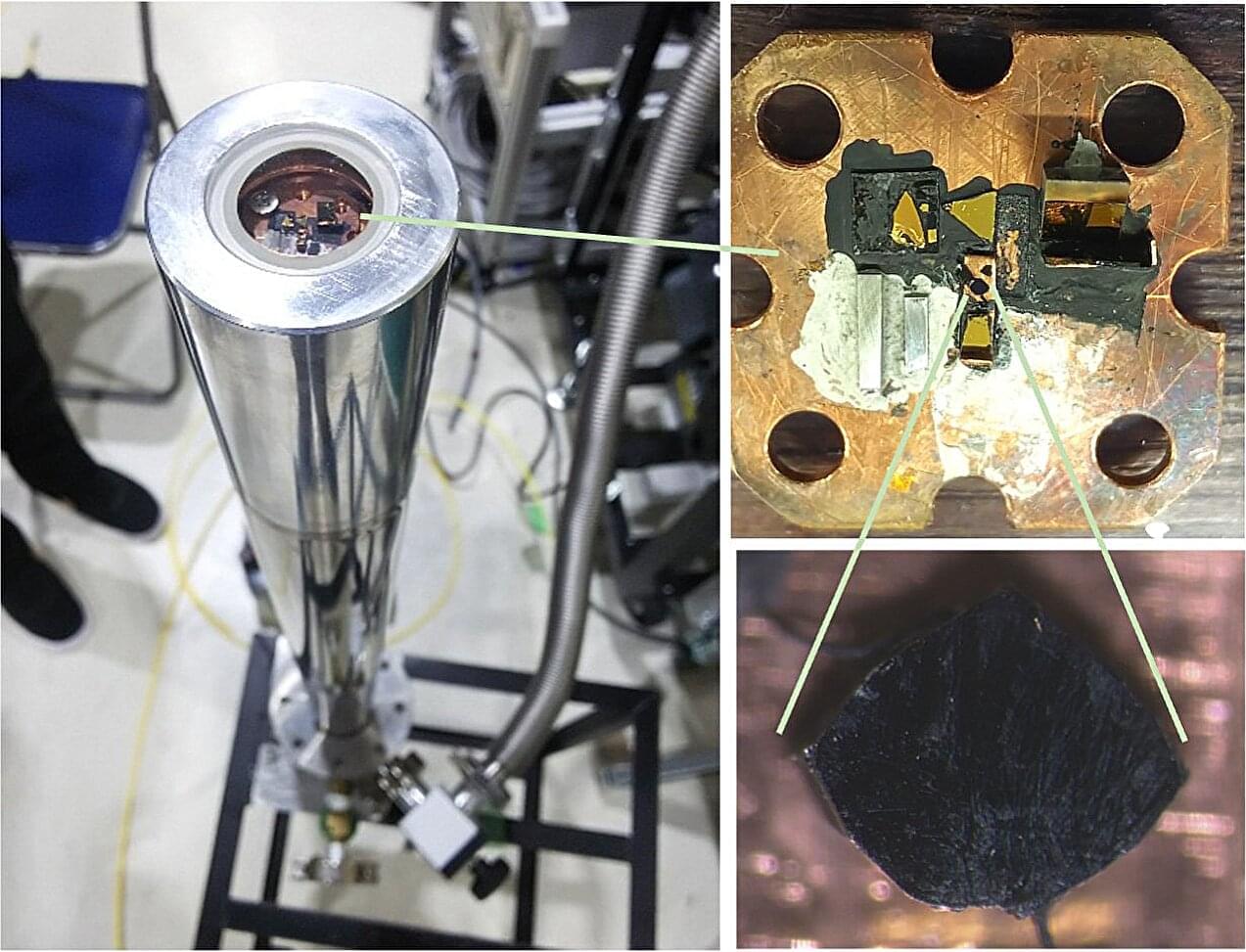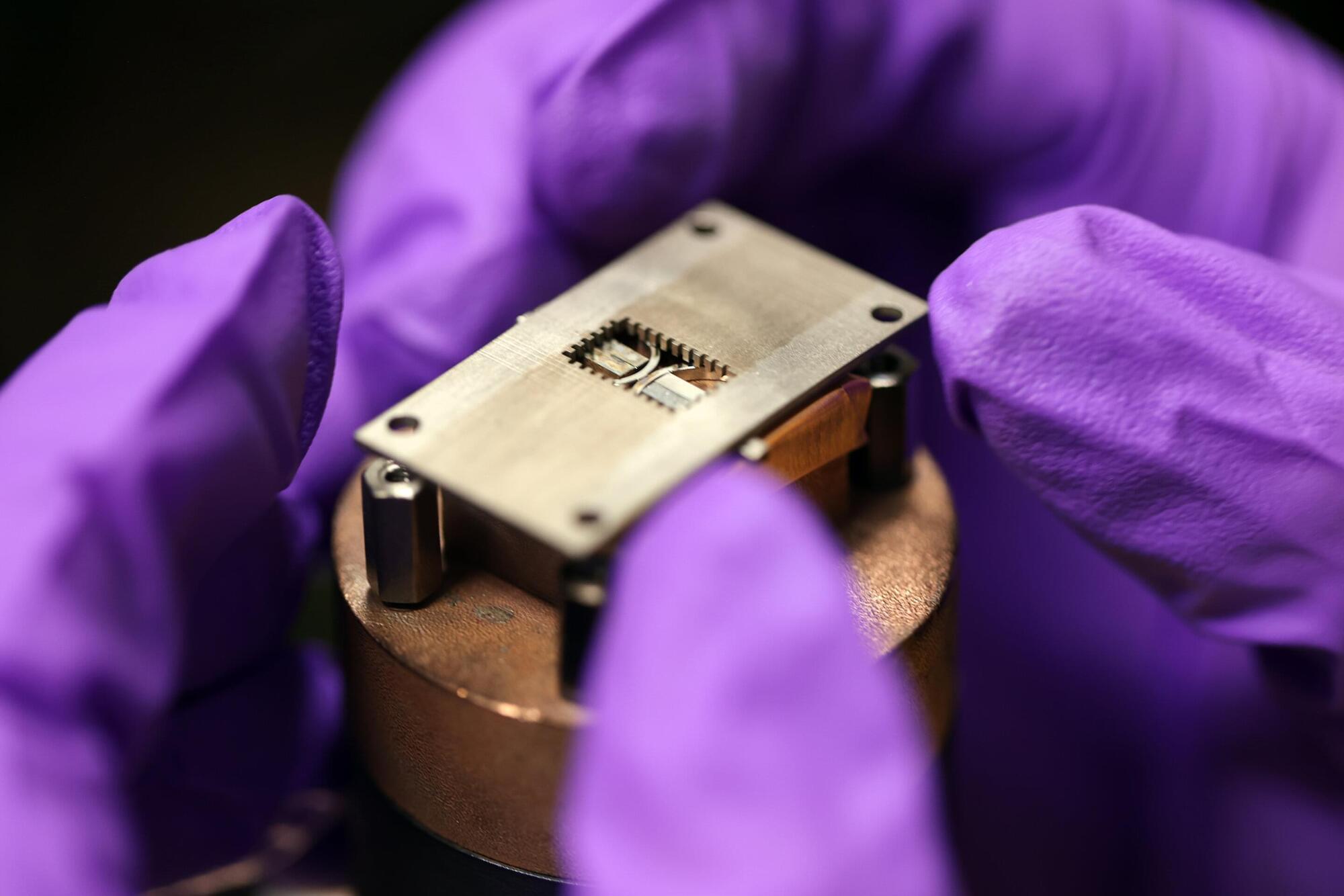How can a horde of active robots be automatically brought to a standstill? By arresting their dynamics in a self-sustained way. This phenomenon was discovered by physicists at Heinrich Heine University Dusseldorf (HHU) and La Sapienza University in Rome. The threshold principle of static friction with the ground plays a decisive role here: it removes the kinetic energy of two robots after a mutual collision so efficiently that they can no longer set themselves in motion.
The researchers describe in the journal Nature Communications that this fundamental effect can also be used to construct controllable moving robot systems.
Friction creates heat, as anyone knows who has rubbed their hands together in winter weather. And friction costs energy. Road friction on vehicle tires, for example, will cause a moving car to steadily slow down unless the accelerator is used.









